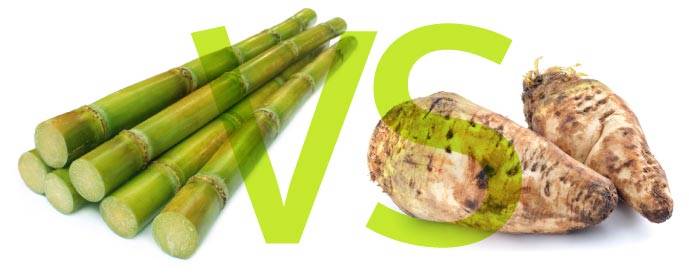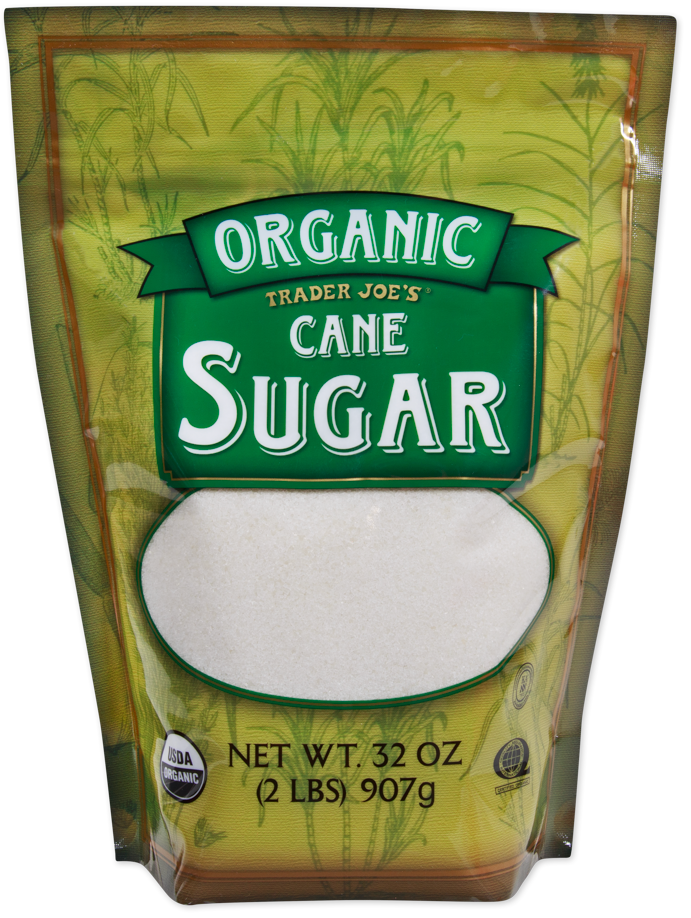Advanced Cane Sugar Processing: Enhancing Effectiveness and Sustainability
Advanced Cane Sugar Processing: Enhancing Effectiveness and Sustainability
Blog Article
Checking Out the Comprehensive Steps Included in Walking Stick Sugar Processing From Collecting to Refinement
The process of walking cane sugar manufacturing encompasses a collection of elaborate steps, beginning with the cautious harvesting of sugarcane and finishing in the refinement stages that make certain the last item satisfies sector criteria. Each stage, from the extraction of juice to the purification and formation procedures, plays a critical role in identifying the high quality and personality of the sugar.
Harvesting Sugarcane
Collecting sugarcane is an important action in the walking cane sugar handling chain, as it directly influences the high quality and yield of the end product. Proper timing and methods are vital throughout this stage to guarantee optimal sugar content and lessen losses. Usually, sugarcane is harvested when it reaches maturation, normally 12 to 18 months after planting, defined by a high sucrose focus.

Post-harvest, the sugarcane should be processed promptly to stop sucrose destruction. Preferably, harvested cane ought to be delivered to processing centers within 24 hours to maintain sugar top quality. Consequently, efficient logistical preparation is crucial to maintain the stability of the collected plant throughout the supply chain.
Removal Refine

The smashed walking stick is subjected to a series of pressing operations to make the most of juice healing. Normally, hot water is splashed onto the smashed cane, producing a countercurrent circulation that aids liquify the sugar while also aiding in the extraction process. The juice accumulated from this operation contains not just sugar yet likewise numerous natural compounds and contaminations.

To boost extraction performance, some centers might utilize diffusion approaches, where the sugarcane is taken in warm water, enabling the soluble sugars to diffuse into the fluid. The resulting juice, rich in sucrose, is after that directed to subsequent handling phases, laying the structure for purification and refinement. The removal procedure is thus critical in figuring out the high quality and return of the final sugar product.
Purification Strategies
The purification methods utilized in cane sugar handling are crucial for changing the raw juice right into a premium sugar item. These approaches mainly intend to remove impurities, such as soil, plant materials, and not natural substances, which can detrimentally affect the end product's taste and color.
This process involves including lime and warmth to the raw juice, which facilitates the coagulation of pollutants. Furthermore, the use of phosphoric acid can improve the explanation procedure by additional binding contaminations.
One more substantial technique is carbonatation, where carbon dioxide is presented to the clarified juice. This response produces calcium carbonate, which catches remaining pollutants and advertises their elimination.
Furthermore, turned on carbon treatment may be related to adsorb any kind of remaining colorants and organic pollutants, making certain an extra polished product. The combination of these techniques properly prepares the sugar juice for subsequent action in the refining process, establishing the stage for the manufacturing of premium walking cane sugar.
Formation Techniques
After the filtration stage, the following important action in walking cane sugar handling includes formation methods, which play a pivotal role in transforming the made clear juice into solid sugar. This procedure normally utilizes 2 primary approaches: spontaneous condensation and regulated formation.
In spontaneous formation, supersaturated sugar services are permitted to cool naturally, resulting in the development of sugar crystals gradually. This technique is simpler however may result in irregular crystal dimensions and lower purity degrees. On the various other hand, managed condensation is a more accurate technique where concentration, seeding, Source and temperature agents are meticulously taken care of. This method enables the uniform growth of sugar crystals and higher pureness.
During condensation, the made clear juice is focused through dissipation, boosting its sugar material up until it gets to supersaturation. As soon as this factor is achieved, either approach can help with the formation procedure. Cane Sugar Processing. The resultant sugar crystals are after that separated from the staying syrup via centrifugation
Ultimately, the option of formation approach impacts the high quality, dimension, and pureness of the final sugar item, making this action necessary in the general cane sugar handling procedure.
Refinement and Packaging
Exactly how can the purity and high quality of walking stick sugar be even more enhanced after formation? The refinement process plays a critical role in accomplishing premium cane sugar.
Following, the sugar is subjected to a procedure called centrifugation, where it is spun at high speeds to separate the cleansed sugar crystals from the continuing to be fluid. After centrifugation, the sugar is commonly additional fine-tuned via an approach called carbonization or phosphatation, which makes use of triggered carbon or phosphoric acid to eliminate color and off-flavors.
As soon as refined, the sugar is dried out to attain the preferred moisture content, ensuring that it remains secure throughout storage space and transport. The final action entails packaging the refined sugar in closed and moisture-proof containers to maintain its top quality and prevent contamination. Cane Sugar Processing. Correct packaging not only prolongs service life however likewise promotes simple handling and circulation, guaranteeing that consumers receive sugar that fulfills the greatest criteria of purity and high quality
Verdict
The detailed steps associated with cane sugar processing, from the thorough harvesting of sugarcane to the detailed improvement and packaging phases, underscore the significance of each stage in making certain top notch sugar production. Optimum harvesting strategies, efficient extraction techniques, and strenuous filtration processes jointly add to the end product's purity and stability. The crystallization and subsequent packaging practices additionally enhance the stability and rack life of the sugar, highlighting the complexity and accuracy intrinsic in this important farming market.
The process of cane sugar manufacturing includes a series of detailed actions, beginning with the careful harvesting of sugarcane and finishing in the improvement stages that make sure the official source last item fulfills industry criteria. Preferably, Get More Information gathered walking cane needs to be carried to refining centers within 24 hours to protect sugar quality.In spontaneous condensation, supersaturated sugar services are allowed to cool down normally, leading to the formation of sugar crystals over time - Cane Sugar Processing. The refinement process plays a critical role in achieving top quality walking cane sugar.The detailed steps entailed in cane sugar handling, from the careful harvesting of sugarcane to the intricate refinement and product packaging stages, underscore the importance of each stage in guaranteeing high-grade sugar production
Report this page